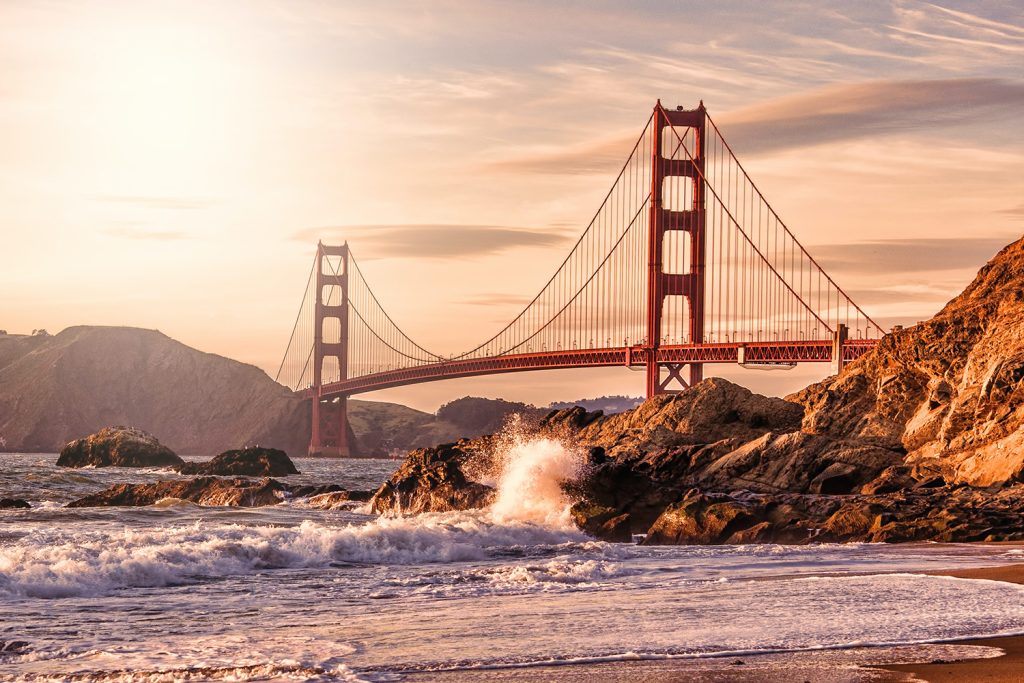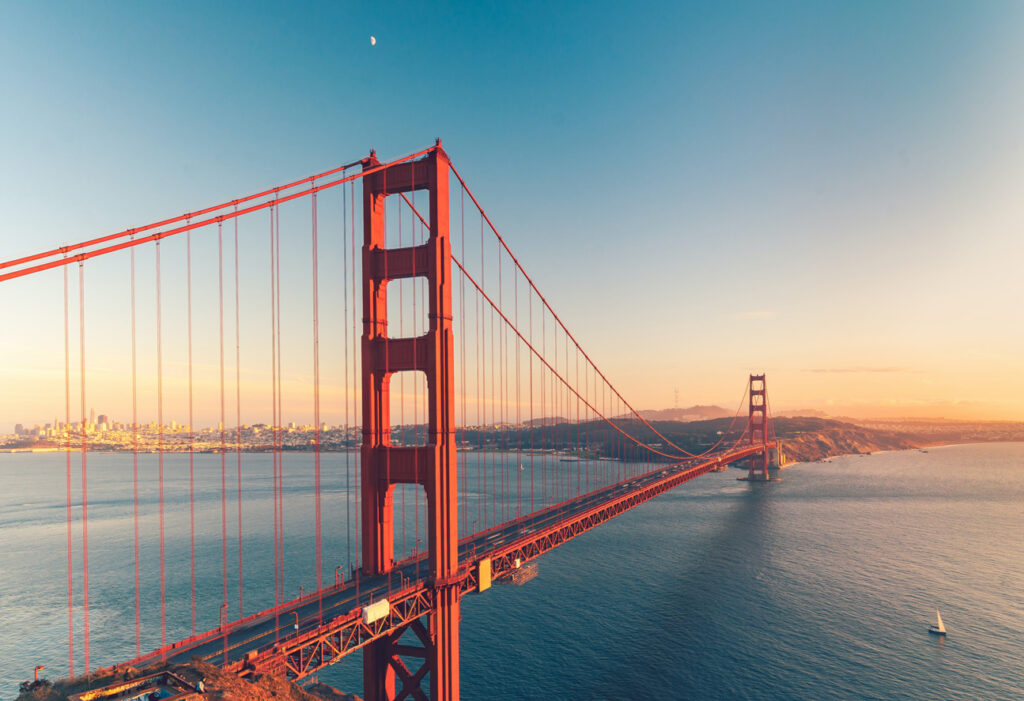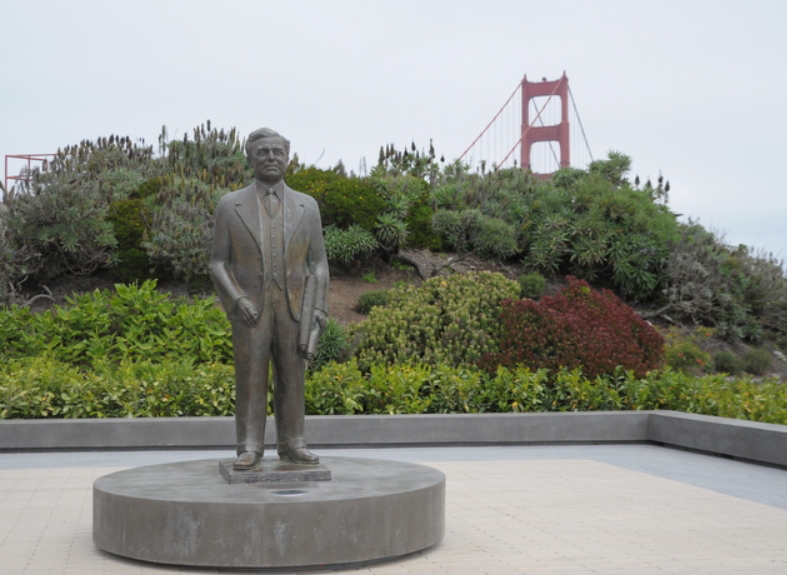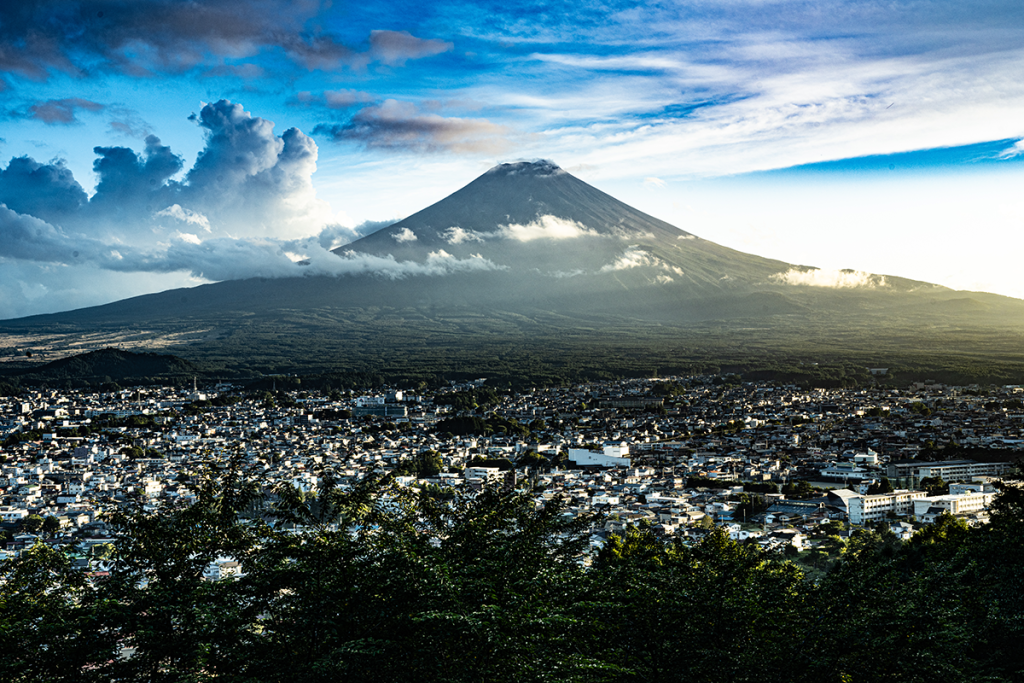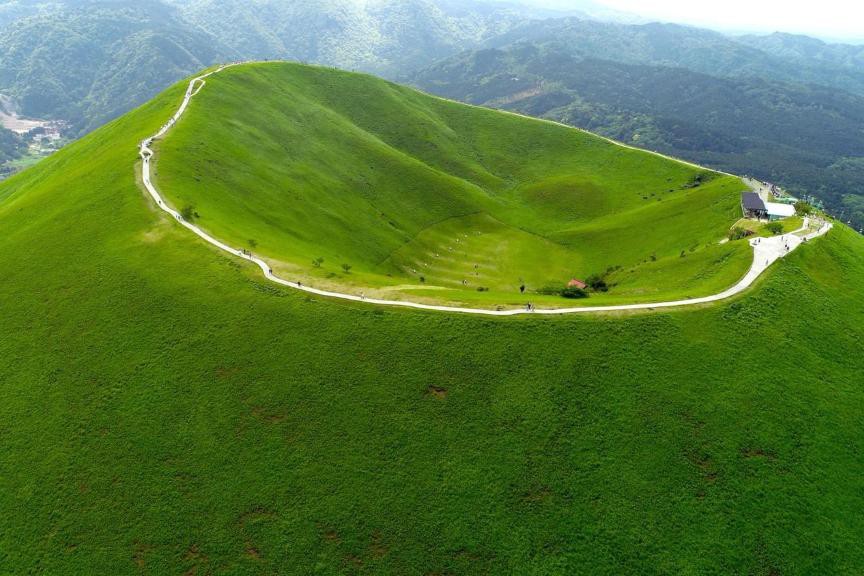The History of the Golden Gate Bridge: How It Became an Iconic Landmark
The Golden Gate Bridge is an iconic landmark that has become a symbol of San Francisco and the entire Bay Area. It is one of the most recognizable bridges in the world and has been featured in countless films, television shows, and photographs. The bridge was designed by engineer Joseph Strauss and opened in 1937.
The idea for the bridge was first proposed in 1916, when the city of San Francisco was looking for a way to connect the city to the northern part of the Bay Area. Strauss was chosen to design the bridge and he proposed a suspension bridge with two towers and a single span of 4,200 feet. The bridge was to be painted an orange-vermilion color, which was chosen to make the bridge stand out against the foggy backdrop of the San Francisco Bay.
Construction of the bridge began in 1933 and was completed in 1937. The bridge was built using a combination of steel and concrete, and the towers were built to withstand winds of up to 100 miles per hour. The bridge was also designed to be able to withstand earthquakes, and it has withstood several major earthquakes since its completion.
The bridge was an immediate success and quickly became an iconic landmark. It was the longest suspension bridge in the world when it opened, and it was the first bridge to use a movable median barrier to separate traffic. The bridge has also been featured in numerous films, television shows, and photographs, and it has become a symbol of San Francisco and the Bay Area.
The Golden Gate Bridge is an iconic landmark that has become a symbol of San Francisco and the entire Bay Area. It was designed by engineer Joseph Strauss and opened in 1937, and it has since become one of the most recognizable bridges in the world. The bridge was built using a combination of steel and concrete, and it was designed to withstand earthquakes and winds of up to 100 miles per hour. The bridge has been featured in numerous films, television shows, and photographs, and it has become a symbol of San Francisco and the Bay Area. The Golden Gate Bridge is an iconic landmark that has stood the test of time and will continue to be an iconic symbol of the Bay Area for years to come.
Exploring the Engineering Marvels of the Golden Gate Bridge
The Golden Gate Bridge is an iconic engineering marvel that has been a symbol of San Francisco since its completion in 1937. Spanning the Golden Gate strait, the bridge connects the city of San Francisco to Marin County and is one of the most recognizable landmarks in the world.
The bridge was designed by engineer Joseph Strauss and is a suspension bridge, meaning it is supported by cables that are suspended from two towers. The towers are each 227 meters tall and are made of steel. The cables are made of 27,572 individual strands of wire and are anchored into the ground on either side of the strait. The bridge is 2.7 kilometers long and has a total of 6 lanes for traffic.
The construction of the bridge was a massive undertaking and required the use of innovative engineering techniques. The bridge was built using a cantilever construction method, which allowed the bridge to be built without the need for scaffolding. This method also allowed the bridge to be built in sections, which made it easier to manage the construction process.
The bridge also features a number of safety features, such as a movable median barrier and a fog signal system. The movable median barrier is designed to prevent head-on collisions and the fog signal system is designed to alert drivers when visibility is low.
The Golden Gate Bridge is an impressive feat of engineering and has become an iconic symbol of San Francisco. Its construction required the use of innovative engineering techniques and its safety features ensure that it remains a safe and reliable crossing for drivers. The bridge is a testament to the ingenuity of engineers and a reminder of the power of human achievement.
The Art and Architecture of the Golden Gate Bridge: A Visual Tour
The Golden Gate Bridge is an iconic structure that has become a symbol of San Francisco and the entire Bay Area. Its art and architecture have been admired for decades, and it is one of the most photographed bridges in the world. This visual tour will explore the art and architecture of the Golden Gate Bridge, from its construction to its current state.
The Golden Gate Bridge was designed by engineer Joseph Strauss and architect Irving Morrow. The bridge was built between 1933 and 1937, and it was the longest suspension bridge in the world at the time. The bridge is 8,981 feet long and has two towers that are 746 feet tall. The towers are made of steel and are painted an orange-vermilion color, which is known as “International Orange.”
The bridge has two main cables that are each 7,650 feet long and are made of 27,572 individual wires. The cables are held in place by two sets of suspender ropes, which are made of galvanized steel. The bridge also has two decks, one for pedestrians and one for vehicles. The pedestrian deck is located below the vehicle deck and is protected by a steel railing.
The bridge also features several decorative elements, such as the Art Deco-style street lamps and the four Art Deco-style pylons at the entrance to the bridge. The pylons are made of reinforced concrete and are decorated with intricate designs. The bridge also features several sculptures, including the “Guardian of the Gate” sculpture at the entrance to the bridge.
The Golden Gate Bridge is an iconic structure that has become a symbol of San Francisco and the entire Bay Area. Its art and architecture have been admired for decades, and it is one of the most photographed bridges in the world. This visual tour has explored the art and architecture of the Golden Gate Bridge, from its construction to its current state. The bridge is a testament to the ingenuity of its designers and builders, and it is a reminder of the beauty of the Bay Area.
